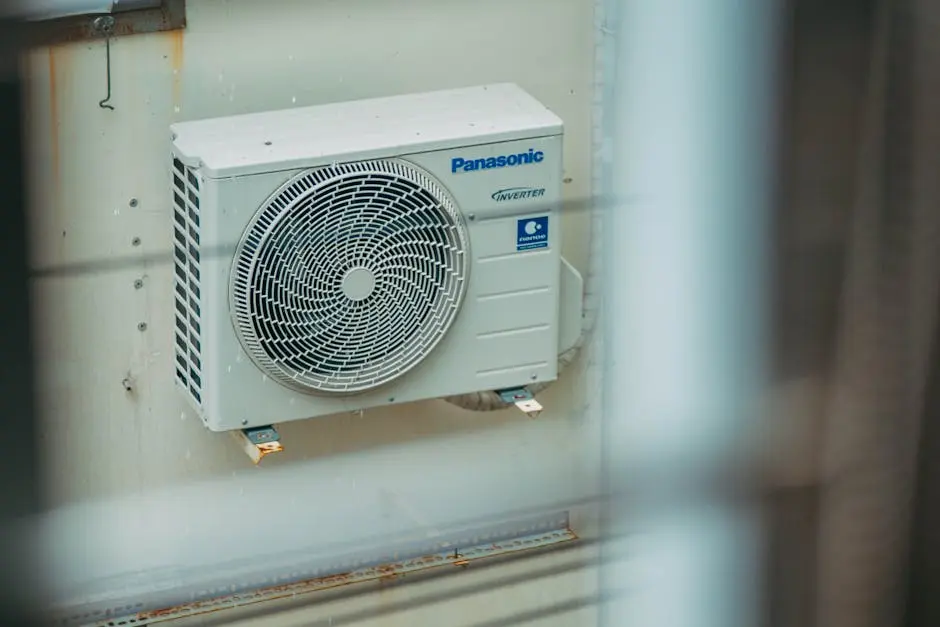Replacing your air conditioner is no small task, but it’s one that can significantly enhance your comfort and improve the reliability of your home’s cooling system. This blog walks you through the essentials of air conditioner replacement, helping you make informed decisions as you navigate this vital home improvement process.
Understanding When It’s Time for Replacement
Knowing when to replace your air conditioner can be tricky. We’ll explore common signs that indicate it’s time for a new unit, helping you assess the situation wisely.
One of the earliest signs that your air conditioner may need replacing is inefficiency. If you find that your energy bills have skyrocketed without a corresponding increase in usage, your unit might be struggling to cool your space. It could be an indication that it’s no longer operating at peak efficiency.
Another critical factor to look out for is frequent breakdowns. If your air conditioner requires multiple repairs in a single season, it can signal that the unit is nearing the end of its lifespan. Repeatedly investing in repairs can become more costly than investing in a new, reliable unit.
Additionally, consider the age of your air conditioner. Most units have a lifespan of 10 to 15 years. If yours is approaching or has surpassed this range, it might be time to start looking for a replacement. A modern system will not only cool your home better but also run more efficiently.
Choosing the Right Replacement Unit
Selecting a new air conditioner requires careful consideration. We’ll discuss the different types, energy efficiency ratings, and features to look for when making your choice.
Start by understanding the different types of air conditioners available. Central air systems are designed to cool your entire home, while ductless mini-splits offer flexibility for cooling specific rooms. Determining what fits best for your living situation is vital.
Another important aspect is the energy efficiency rating. Look for units with a high Seasonal Energy Efficiency Ratio (SEER) rating. Higher ratings indicate better efficiency, which translates to lower electricity bills. Despite the initial cost, the long-term savings can be significant.
Don’t forget about additional features! Smart thermostats, for instance, can help manage your cooling needs more effectively, allowing you to maintain comfort while saving energy. Features like variable-speed compressors can also optimize performance based on your home’s specific needs.
The Installation Process Explained
The installation of a new air conditioner is critical to its performance. We’ll break down the steps involved in the process and what you can expect from the professionals.
First, professionals typically assess your home to determine the right size and type of unit needed. This sizing process, also known as load calculation, ensures that the air conditioner can effectively cool the space without wasting energy.
Once the right unit is selected, installation can begin. This often involves removing the old unit and preparing the area for the new system. Expect the team to handle tasks like connecting ductwork, wiring the electrical components, and installing any necessary parts.
After installation, the professionals will thoroughly test the system to ensure it’s operating correctly and efficiently. They should also provide you with information on how to use the new unit effectively and what maintenance steps to consider going forward.
Maintaining Your New Air Conditioner for Longevity
Once you’ve replaced your unit, maintaining it is essential for optimal performance. Learn about simple maintenance tips and schedules to keep your air conditioner running smoothly.
Regularly changing or cleaning the air filters is one of the simplest yet most critical tasks. Clogged filters can restrict airflow and cause your unit to work harder, leading to higher energy costs and potential breakdowns.
Additionally, scheduling professional maintenance at least once a year helps identify potential issues before they become significant problems. Technicians can perform a thorough check-up and tune-up, ensuring your air conditioner operates efficiently through the seasons.
Another helpful tip is to keep the outdoor unit clean and free from debris. Clear away any leaves, dirt, or obstructions around the unit to allow for proper airflow. This simple step can significantly extend the lifespan of your air conditioner.
Understanding the Costs Involved
Budgeting for an air conditioner replacement can be overwhelming. We’ll outline the costs to expect—from the unit itself to installation and maintenance—to help you plan accordingly.
The price of the air conditioner itself will vary based on size, type, and features. It’s wise to research different brands and models to get a sense of which systems offer the best value for your needs.
Installation costs are another significant factor. These can vary based on the complexity of the installation and local labor rates. It’s helpful to obtain quotes from several professionals to ensure you’re getting a fair price.
Lastly, don’t forget to factor in ongoing costs, such as maintenance and energy bills. A more efficient unit can save you money in the long run, so consider that when making your choice. While the upfront cost might seem substantial, a reliable air conditioner can ensure comfort and help to avoid higher expenses down the road.
Wrapping Up Your Air Conditioner Replacement Journey
Making the decision to replace your air conditioner may seem daunting, but understanding the key factors and trusting the right professionals can lead to a smoother transition and a more comfortable home environment. With the right approach, you’ll not only enjoy immediate comfort but also ensure long-term reliability and efficiency in your cooling system.
